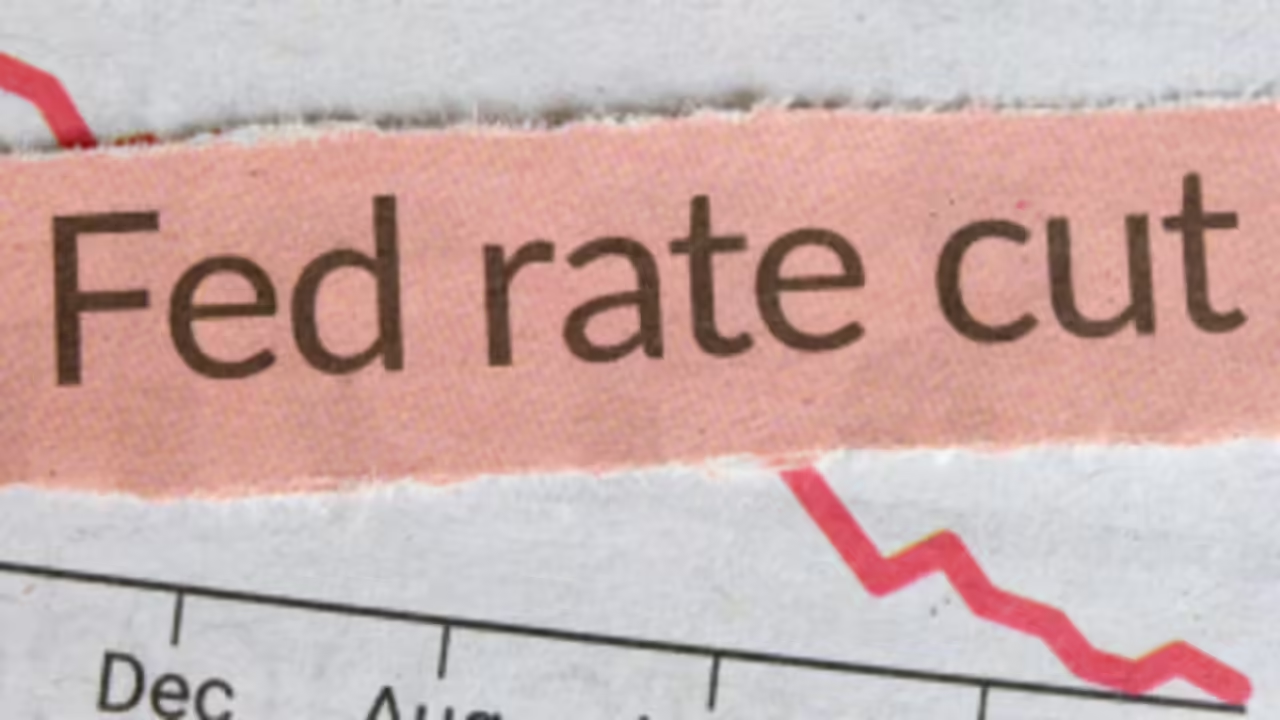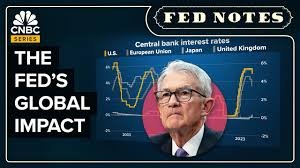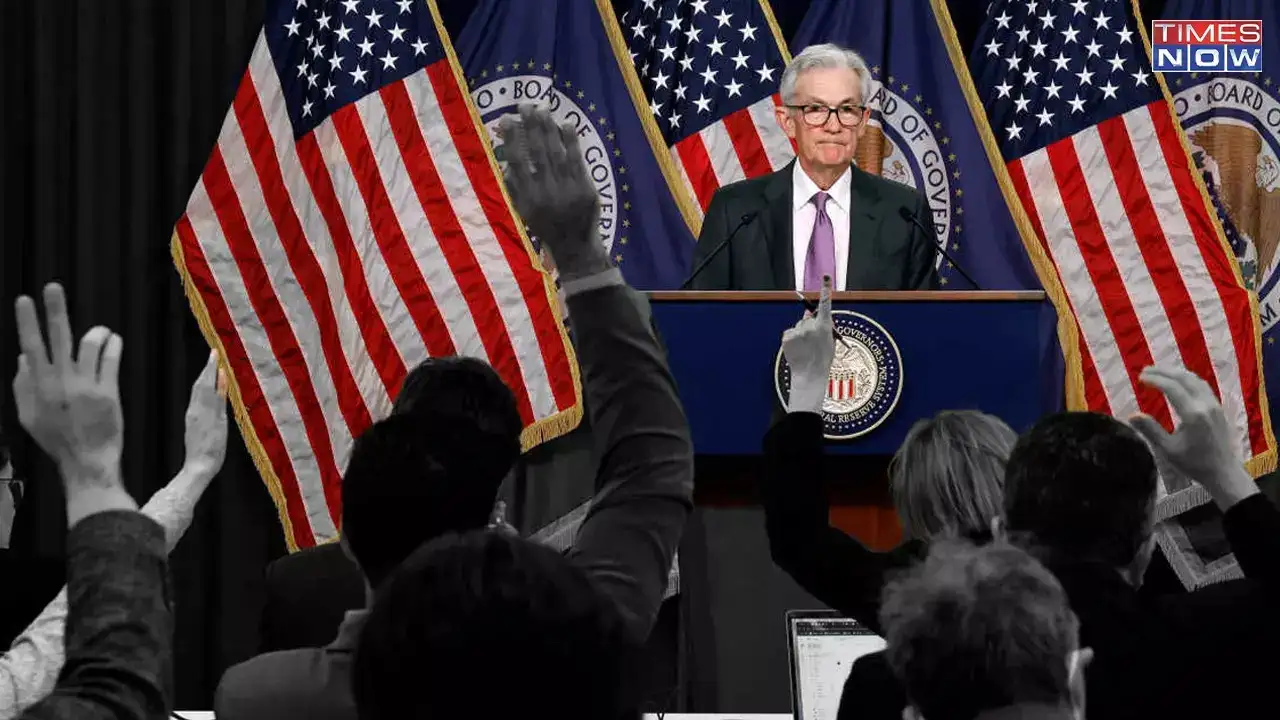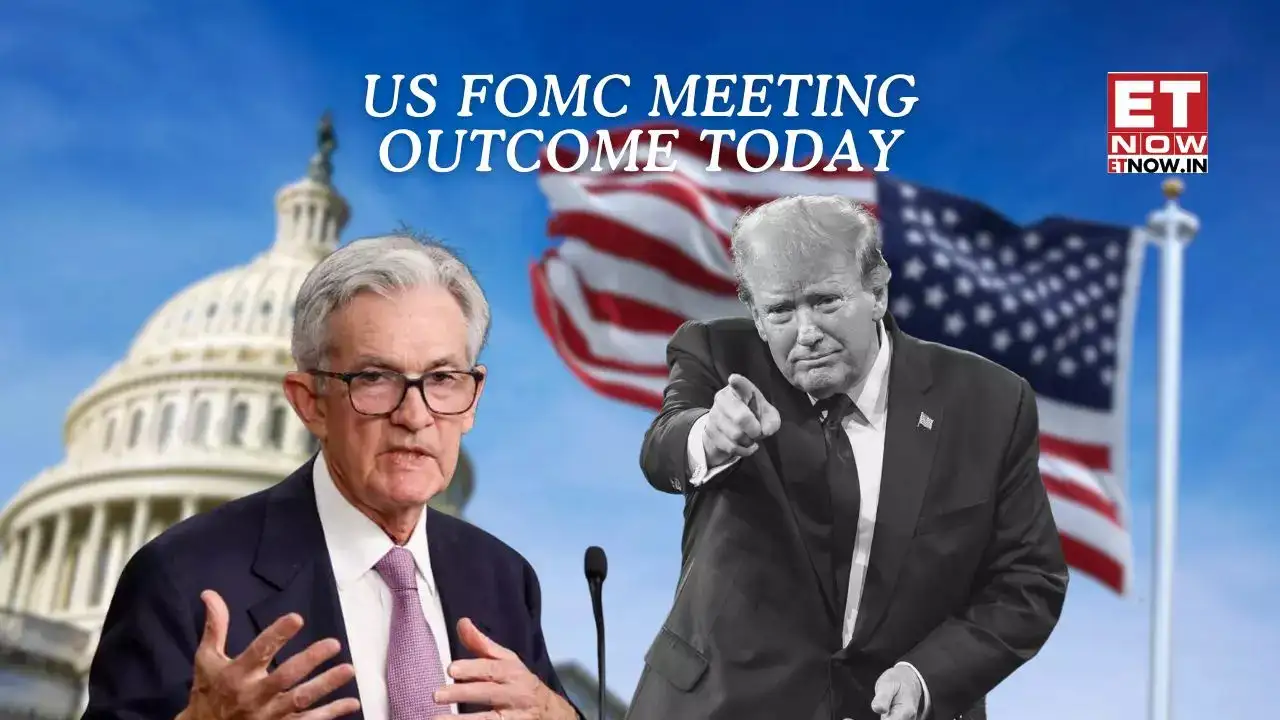Table of Contents
fed rate cuts is a term that often appears in headlines and sparks conversations on Wall Street as well as Main Street. What does this phrase actually mean.This blog is covered by financeinfo. Understanding the Federal Reserve’s decision to reduce interest rates will help you understand the economy and its impact on your finances.This comprehensive guide will help you understand the complexities surrounding Fed rate reductions.

Federal Reserve
The Federal Reserve is also known as “the Fed” and is the central banking institution of the United States. Its primary mission since its establishment in 1913 is to promote a healthy and stable economy. To achieve this goal, the Fed has a number of tools available to it. However, its most powerful tool is its ability to influence interest rate.
Consider it the wholesale cost of capital for financial institutions. This rate is not something you interact with directly but it influences the interest rates of almost all other financial institutions. It includes mortgages, auto loan rates, credit card rates, and business loan interest rates. As the federal funds rate falls, banks can borrow at a lower cost and pass these savings to their customers.
Stimulating economic growth
The Fed does not cut rates at random. This is a deliberate action to stimulate the economy. When the central bank sees signs that an economy is slowing, like rising unemployment, weaker consumer spending or a possible recession, it lowers interest rates.
For Business:
Lower rates of interest make it easier for businesses to invest in new equipment and expand their operations. This investment can increase productivity and create new jobs, thereby fueling economic growth.
For consumers:
Lower interest rates on large-ticket items such as homes and cars could encourage consumer spending. Reduced credit card rates can also increase disposable income and encourage people to spend on more goods and services.
A rate cut is essentially like pressing the accelerator to the economy. It is important to keep the economy moving and avoid a recession.
The Historical Context for Fed Rate Cuts
Since decades, the Federal Reserve has been using interest rate adjustments to guide its policy. The past examples of rate reductions provide valuable insights into the reasons and methods for their implementation.
The dot-com bubble burst in the early 2000s, and the Fed was forced to cut rates. Under Chairman Alan Greenspan’s leadership, the fed rate cuts aggressively reduced the federal funds rate, from more than 6% in 2000, to only 1% by the middle of 2003, in order to combat the recession that followed. The Fed’s aggressive lowering of the federal funds rate.
Housing Market
Interest rates have a great impact on the housing market. Mortgage rates tend to drop when the fed rate cuts lowers rates, but not always at the same time. Mortgage rates that are lower reduce the cost of home ownership, making it more affordable to potential buyers.
It can lead to a rise in sales of homes and increase property values as more buyers enter into the market. A rate reduction can result in a lower payment for homeowners who have adjustable-rate mortgages.

Stock Market
Investors are generally in favor of fed rate cuts reductions. Reduced interest rates can be beneficial to companies in many ways. It can increase their profits by reducing their borrowing costs. It can also stimulate the economy, resulting in higher revenues.
Investors may find stocks more appealing compared to safer investments such as bonds and savings account. This can result in an influx of cash into the stock markets, which will push share prices up. The markets often rise in anticipation of rate cuts and continue to do well if these cuts are successful at stimulating the economy.
Savings and consumer spending
fed rate cuts reductions have a direct effect on the wallet of the average American.
Borrowing :
New debt costs less. This is true for auto loans, credit cards, and personal loans. You will see a decrease in your interest rates if you have a credit card with a variable rate.
Savings:
On a negative note, savers are feeling the pinch. The banks lower the Annual Percentage yield (APY) on their savings, money market, and certificate of deposit accounts (CDs). Your savings will earn less interest. The fed rate cuts wants to encourage people to spend and invest more than save.
The U.S. Dollar
The interest rates of a country also affect the value. When the fed rate cuts lowers rates, U.S. bonds and other assets become less appealing to foreign investors looking for higher returns. The dollar’s value can fall as a result of a decrease in demand. The dollar’s weakness makes U.S. imports more affordable and competitive overseas, but also increases the price of imported goods for American consumers.
Potential Benefits
Shortens or Prevents Recessions: A primary benefit of is its ability to divert the economy from a recession, or accelerate the recovery after one.
Rate Cuts Can Lead to Job Creation and Lower Unemployment Rates: By promoting business expansion and investment, rate reductions can lead job creation and lower rates of unemployment.
Increases Confidence in Consumers: Signals that the fed rate cuts will take action can boost investor and public confidence. This is important for a healthy economic environment.Risques Potentials Inflation A rate cut is likely to cause inflation. When borrowing is too cheap, and the economy becomes overflowing with money, the demand for goods and service can exceed supply.

FAQs
Q. Why does the Fed reduce rates?
When the economy shows signs of slowing, the fed rate cuts will lower rates to encourage growth. It is intended to lower borrowing costs for consumers and businesses, which will encourage spending and investment.
Q. What are the effects of rate reductions on my personal finances?
You can be affected by fed rate cuts in many ways. You will benefit from lower rates of interest on new loans such as mortgages, car loans and personal loans if you are a lender.
Q. Will my mortgage payment decrease after a rate reduction?
What you can do depends on what type of mortgage loan you have. Your rate and payment will never change if you have a mortgage with a fixed rate.
Q. What happens when rates are reduced too much, or too long?
Significant risks can be introduced by fed rate cuts too aggressively, or keeping them at low levels for an extended time. Inflation is the primary concern; if an economy is overstimulated prices can increase to a point that reduces purchasing power.
Q. Rate cuts are always good for stocks?
In general, the stock markets react positively to interest rate reductions because they can lower the borrowing costs of companies and stimulate the economy. The context is important.
Conclusion:
Federal Reserve rate reductions are an effective tool for managing the U.S. economic system. The Federal Reserve cuts rates as a deliberate reaction to the economic slowdown. They’re designed to make money more affordable, which will encourage people to borrow, spend, and invest. They have a wide-ranging impact, from the stock and housing markets to interest rates on credit cards and savings account.














